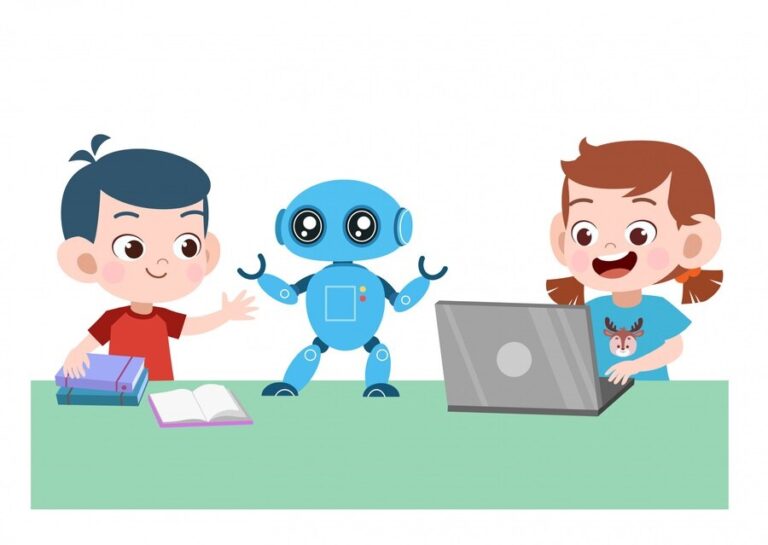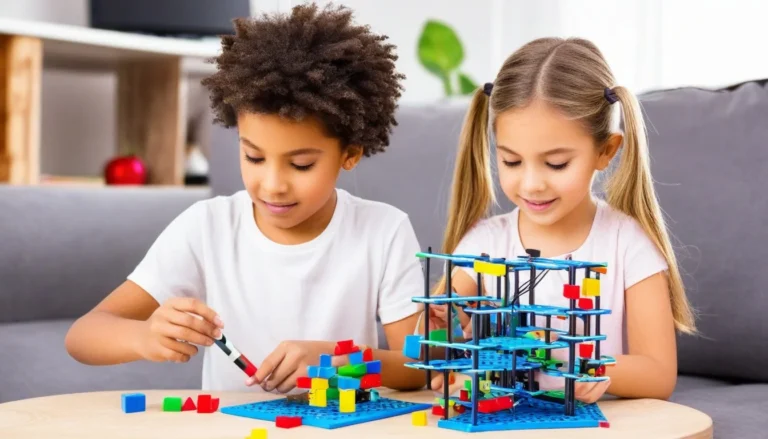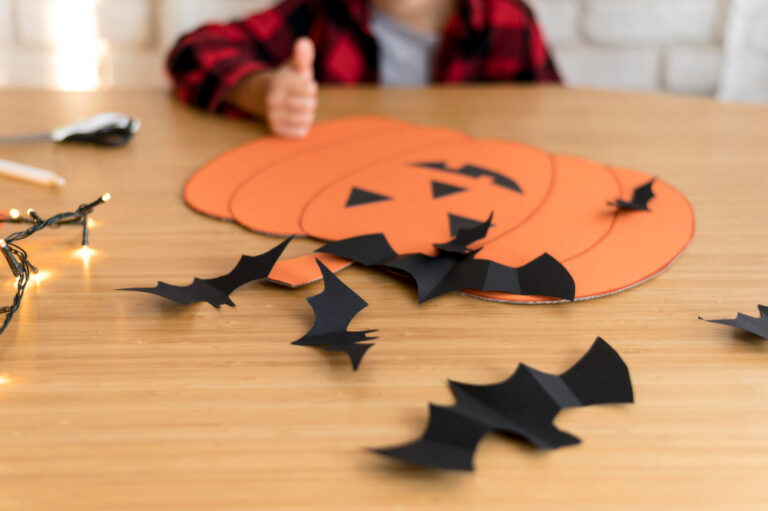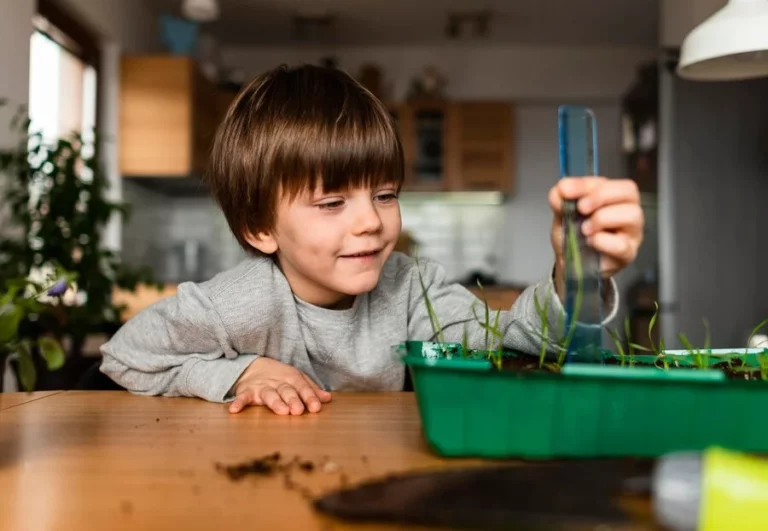STEM Art Projects, a creative fusion of Science, Technology, Engineering, and Mathematics with Art, offer children a unique opportunity to explore the interplay between different fields of knowledge. These projects stimulate children’s curiosity, develop their creativity, and engage them in hands-on learning experiences. The goal is not only to teach children the fundamental concepts of STEM but also to encourage artistic expression, thereby taking good care of well-rounded development.
Benefits of STEM Art projects for kids
STEM art projects offer a multitude of benefits for children. They develop an integrated learning experience where children can apply scientific concepts within a creative context, thereby enhancing their understanding and keeping of knowledge. These projects help kids develop critical thinking and problem-solving skills as they engage in hands-on activities that require them to experiment, innovate, and troubleshoot.
Selected STEM Art Projects and Step-by-Step Instructions
STEM Art Projects, also known as STEAM Projects, combine the principles of STEM with the creativity and expressiveness of the arts. These projects allow kids to explore and understand complex concepts more creatively and engagingly, fostering innovative thinking and problem-solving skills. Not only do art components make learning more appealing, but they also help children improve their abilities to create ideas and visualize solutions uniquely and aesthetically.
1. Creating a Wind Chime Using Recycled Materials
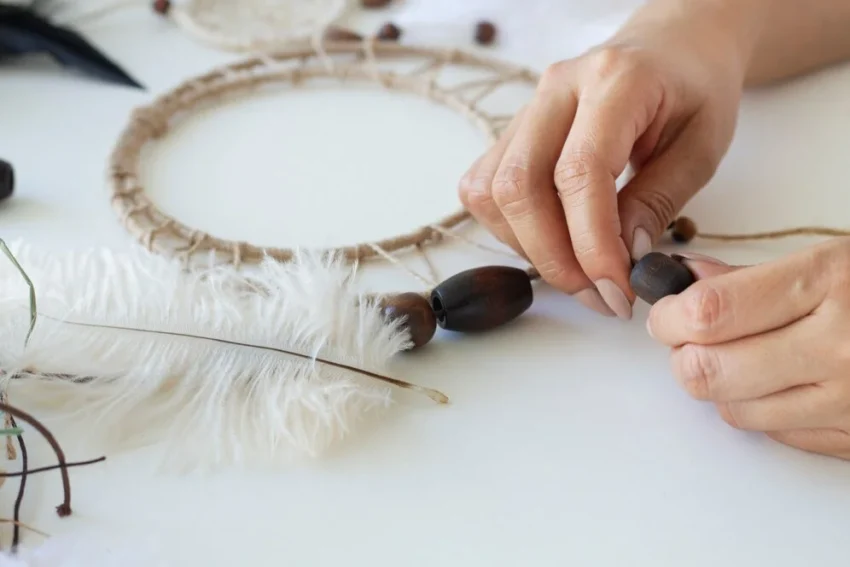
A fun way to blend creativity with environmental awareness is through creating wind chimes using recycled materials. This project not only allows children to explore sound and important quality but also teaches them about recycling and repurposing waste materials.
Materials needed:
- Various recycled materials (e.g., metal lids, glass bottles, old keys)
- String or yarn
- A stick or an old hanger
Steps:
- Start by gathering a range of recycled materials that can make interesting sounds.
- Next, tie one end of the string or yarn to each of the items.
- Tie the other end of the strings to the stick or hanger, spacing them out evenly and at varying lengths to create different pitches when they smash together.
- Finally, hang the wind chime in a breezy spot and enjoy the beautiful sounds it makes.
2. Creating a Solar System Diorama
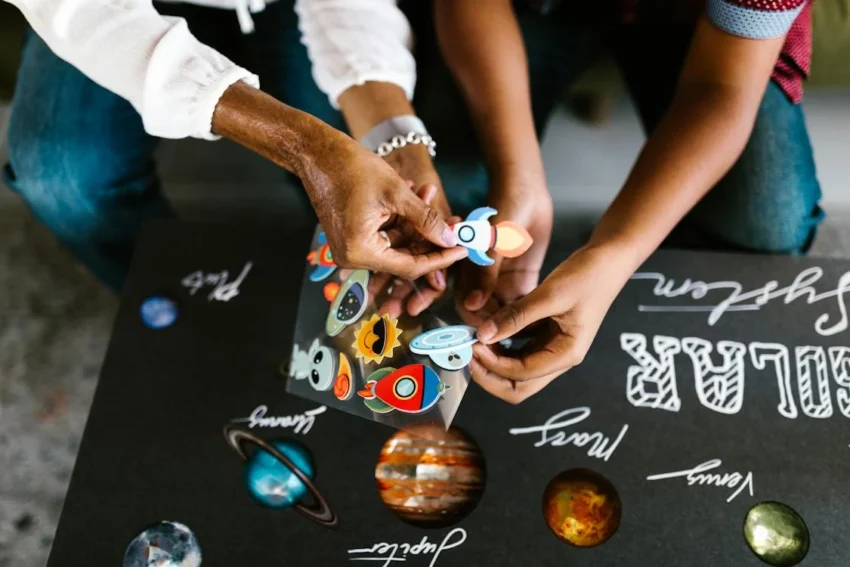
Designing and constructing a solar system diorama allows children to see the planets and their orbits, fostering an understanding of space and astronomy. It combines scientific knowledge with artistic creativity.
Materials needed:
- Cardboard box
- Paints
- Brushes
- Strings
- Styrofoam balls (different sizes)
Steps:
- Paint the inside of the cardboard box black to represent space.
- Paint the styrofoam balls to represent the planets, using a range of colors and sizes to reflect the different planetary characteristics.
- Once the paint has dried, attach strings to the painted styrofoam balls and suspend them from the top of the box in the appropriate order.
- Finally, label each planet and add some stars to the black ‘space’ background to complete the diorama.
These STEAM projects promote hands-on learning and creativity while reinforcing key concepts in science, technology, engineering, art, and mathematics. They spark curiosity, nurture analytical thinking, and foster a love of learning.
3. Building a Marble Run
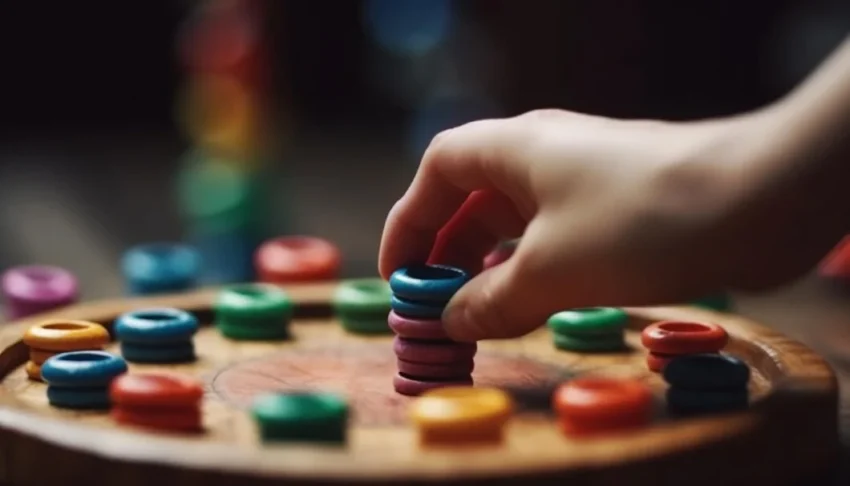
Creating a marble run is a fun and interactive STEM project that combines engineering and physics concepts with creative problem-solving. Children will learn about gravity, momentum, and angles in a hands-on way.
Materials needed:
- Cardboard tubes (from paper towels or toilet paper rolls)
- Tape
- Marbles
- A large piece of cardboard as the base
Steps:
- Start by planning the layout of the marble run. Children can sketch out their ideas on paper, considering where to place the tubes to create different paths for the marbles.
- Cut the cardboard tubes into different lengths and angles. These will serve as the slides for the marbles.
- Tape the tubes onto the cardboard base, arranging them according to the planned layout. Ensure that the slides are angled downwards so that the marbles can roll down them.
- Once the marble run is assembled, test it by dropping a marble at the top and watching it roll through the course. Make any necessary adjustments to the positioning of the tubes to improve the flow of the marble.
- After the marble run is working smoothly, children can add decorations or creative touches as they desire.
Creating a marble run provides an engaging way for children to experiment with engineering principles and develop their problem-solving skills. It also encourages creativity and critical thinking.
4. Constructing a Soda-Powered Rocket
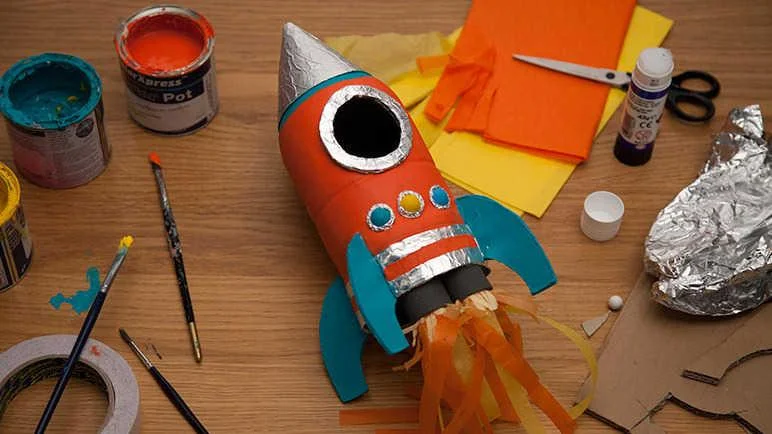
This STEM project is a thrilling way for children to explore chemical reactions and Newton’s third law of motion. By combining soda and Mentos, they can create a powerful reaction that can launch a homemade rocket.
Materials needed:
- A roll of Mentos mints
- A 2-liter bottle of diet soda
- A tube wide enough to fit the Mentos (a piece of PVC pipe works well)
- A homemade rocket (can be made from lightweight materials like paper and tape)
Steps:
- First, build the rocket. It should have a hollow body that can fit over the top of the soda bottle.
- Load the PVC pipe with Mentos, making sure to keep one end covered so the mints don’t fall out.
- Go outside or to a space where it’s safe to launch the rocket. Place the soda bottle on a flat surface.
- Quickly place the rocket over the bottle, then dump the Mentos from the tube into the soda.
- Step back and watch as the reaction between the Mentos and soda propels the rocket into the air.
This project is sure to be an exciting and memorable experience for children, demonstrating the power of chemical reactions tangibly and dynamically. They’ll gain a deeper understanding of scientific concepts while having a blast (quite literally)!
Steps for Implementing STEM Art Projects for Kids
Here are some Steps for Implementing STEM Art Projects for Kids:

- Identify Learning Outcomes: Start by identifying the learning outcomes for the project. This will include both STEM and art objectives. For example, in a project on mathematical origami, students might learn about geometric shapes and symmetry, in addition to mastering paper-folding techniques.
- Gather Materials: Next, gather all the necessary materials for the project. These will vary depending on the project but could include items like paper, markers, craft glue, and household items. Ensure the materials are safe and age-appropriate.
- Introduce the Project: Introduce the project to your kids by explaining the objectives and how it integrates STEM and art. You could also provide real-world examples of where such integration is prevalent.
- Demonstrate and Guide: Initially, demonstrate the steps involved in the project, explaining the STEM and art concepts as you go along. Allow the kids to take over gradually, providing guidance when necessary.
- Allow Experimentation: Encourage kids to experiment, make mistakes, and learn from them. This fosters problem-solving skills and resilience.
- Review and Reflect: Review and reflect on the activities after the project. Ask the kids what they learned and enjoyed about the project. Use this feedback to improve future projects.
- Display Work: Display their work around your home or classroom. This not only boosts the kids’ confidence but also develops an appreciation for STEM and art.
Remember, the main aim of these projects is to enhance learning and creativity, so keep the atmosphere fun and relaxed. Allow the children to explore, experiment, and express their creativity freely.
Importance of integrating art into STEM education
Integrating art into STEM education is crucial for multiple reasons. Firstly, it develops holistic development, as art stimulates creativity and self-expression, while STEM encourages analytical thinking and problem-solving. This combination provides a well-rounded learning experience that feeds and cares for both the creative and logical faculties of the mind. Secondly, it facilitates a better understanding of complex concepts. Art can be used as a medium to see abstract STEM concepts, making them more real and easier to understand.
Moreover, art-infused STEM projects are often hands-on, enhancing experiential learning. Thirdly, it boosts engagement and interest in learning. Art makes STEM more fun and appealing to students, potentially sparking a lifelong interest in these fields. Lastly, incorporating art into STEM prepares our children for the future. The 21st-century job market values creativity, critical thinking, and problem-solving skills that are helped grow by a STEM education enriched with art.
How to encourage kids to explore STEM art projects
Encouraging children to explore STEM art projects can be a rewarding effort. Here are a few strategies to consider:

- Show Interest: Your interest in these projects can be communicable. Show excitement when introducing new concepts and activities.
- Relate to Interests: Try to connect the projects with your children’s existing interests. If they love nature, consider projects that involve outdoor exploration or natural elements.
- Celebrate Effort: Instead of focusing only on the final product, support effort, creativity, problem-solving, and progress.
- Provide Choices: Allow children to choose which projects they want to explore. Autonomy can increase motivation and personal investment in the project.
- Show Real-World Applications: Show children how these projects are related to real-world situations. This can make the learning experience more meaningful and relatable.
- Create a Safe Space for Failure: Emphasize that it’s okay to make mistakes. This can create a safe space for experimentation and learning.
- Use Collaborative Projects: Collaborative projects can encourage children to work together, share ideas, and learn from each other.
Conclusion
In conclusion, STEM art projects are not just an enjoyable pastime for kids, but a crucial component of their insight development. By blending science, technology, engineering, and mathematics with art, children are taught to apply critical thinking and problem-solving skills creatively.
These interactive educational activities have the potential to instill an early interest in STEM fields, while also promoting artistic expression. They highlight the harmony between the analytical and the creative, preparing children for a future where this balance will be of most importance.

